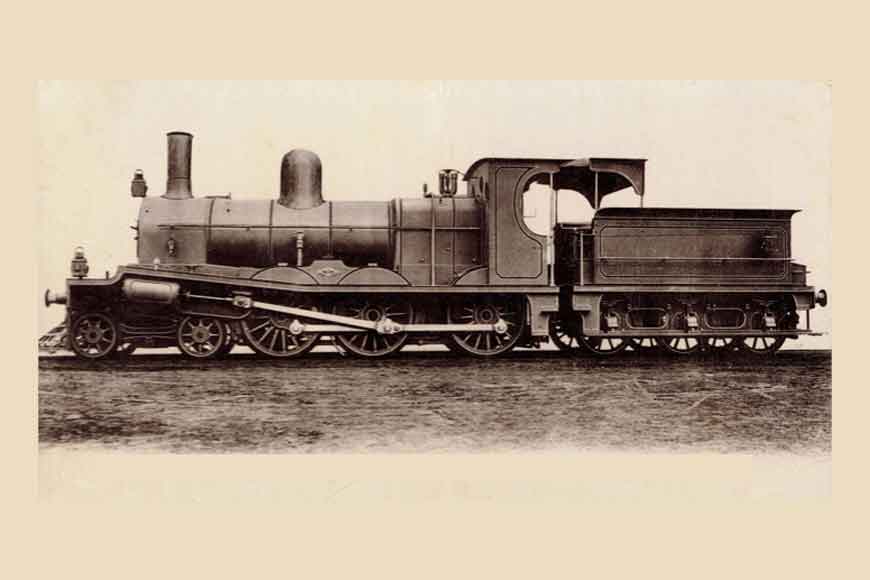Chugging tales of Bengal Railways: Problems faced in track laying

Part 2: Problems in Bengal Railways
The root of the problem appears to lie not in the erection of the railway itself but in the fact that the government and different railway companies, while encouraging the construction of the railways, failed to appreciate the relative importance of inland waterways of Bengal. In eastern Bengal, waterways were often seen as rivals to the railways as means of transport and there was a feeling that with the completion of the railway networks, the transport and communication systems would be faster and more reliable at the expense of the "slower" mode of water transports.
By 20th century efforts to improve the waterways were relatively feeble. While total expenditure on the improvement of navigation facilities was 5,000,000 pound sterling during the last three decades of the nineteenth century, expenditure on railways during the same period had exceeded 200,000,000 pound sterling. Though conditions in Bengal were ‘more favourable for the improvement and extension of such navigation facilities than in any country in the world,’ the bias towards railways in eastern Bengal continued.
As engineering sophistication became secondary to investment portfolios and commercial schemes, and as the water regime of the Delta lay within the jurisdiction of the railway companies, the simple solution appeared to be massive extension of embankments on which the railways were to run. Practically all railways in Lower Bengal were built on embankments.
The impact of the railways on the water bodies and consequently on the agrarian economy of colonial Bengal could be examined through the case study of the Eastern Bengal Railways (EBR). The first railway line of eastern Bengal, running from Calcutta (Sealdah) to Goalundo, was constructed on the floodplain of the Ganga, which, along with its numerous branches and tributaries, flowed to the Bay of Bengal. Initially there were almost no outlets for the passing of water through the embankment on which this line was constructed. The necessity of outlets through the embankment was felt every time there was a flood. Eighty four, nine hundred and one thousand lineal feet of "opening" were added in 1868, 1871 and 1885 respectively. After the floods of 1890, a further four hundred feet were added.
(To be continued)
(Source: FIBIS Fact File #4: “Research sources for Indian Railways, 1845-1947”
'Researching ancestors in the UK records of Indian Railways'
India Office Records (IOR) held at the British Library)










